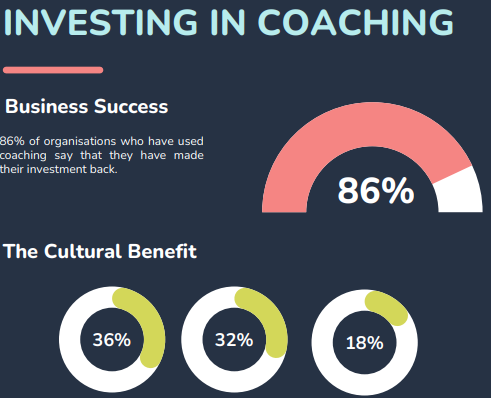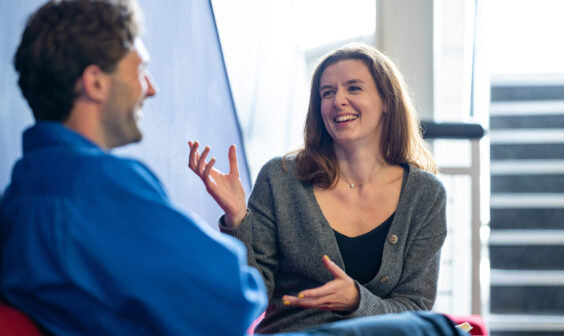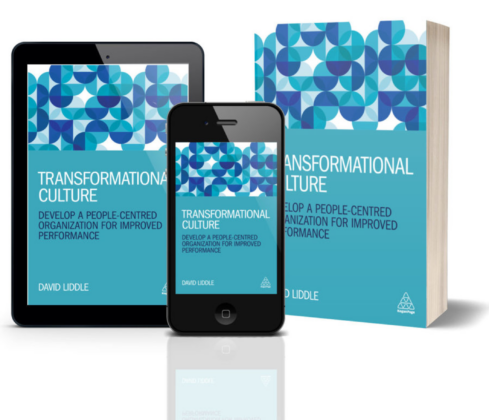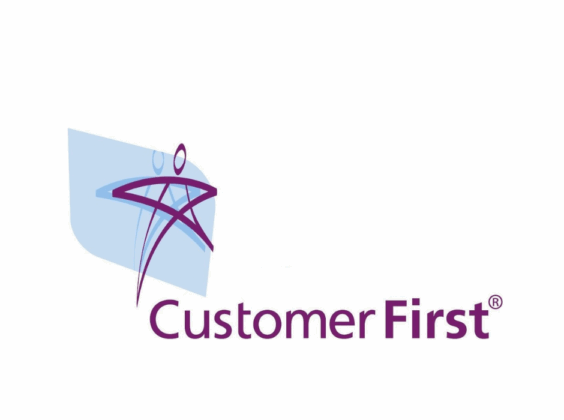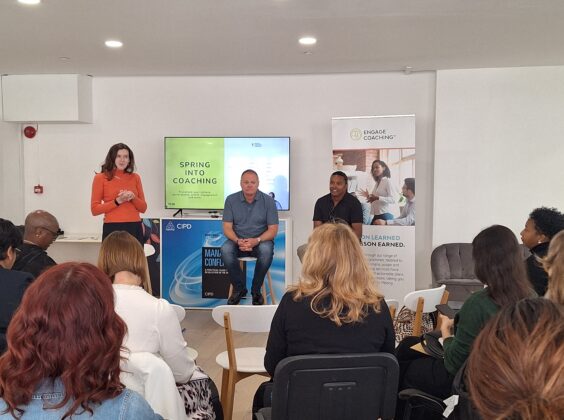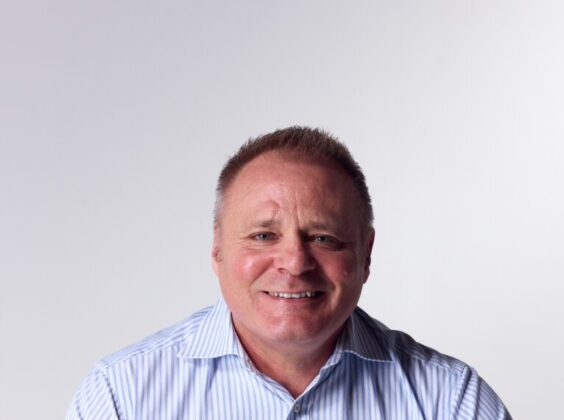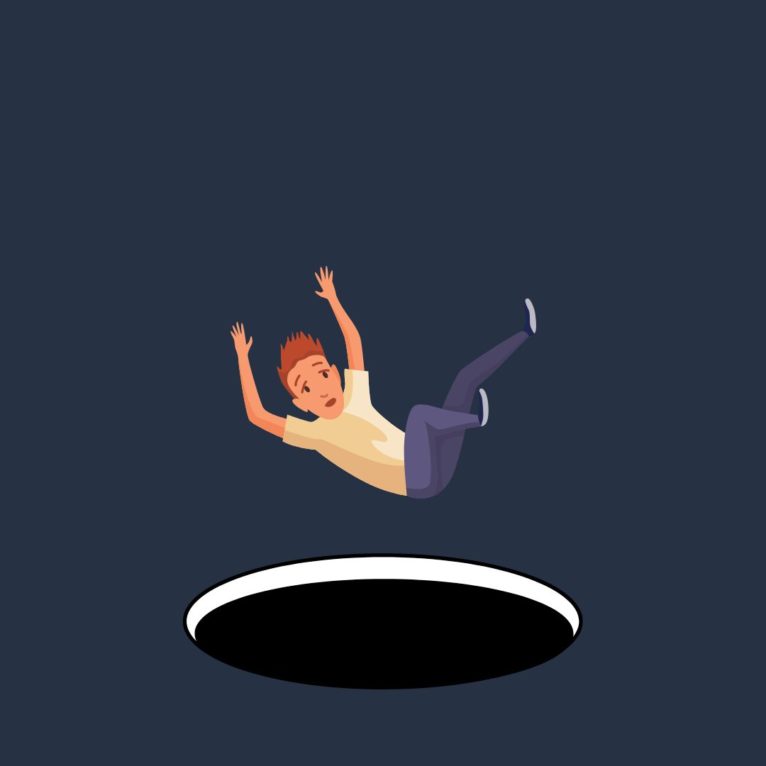
Share article:
Tags:
The unlikely benefit of spiralling (with a good coach)
Catastrophising isn’t something that we usually encourage, or see as a healthy, productive, or positive activity to engage in. But this week’s blog explores why sometimes, and particularly with the support of a good coach, taking a deep dive into the black hole of doom can be useful and valuable…
There is a perception that the coaching space is a positive, progressive, forward-thinking, goal-orientated, always moving forwards, eyes on the prize kinda space… If you’ve ever watched a Tony Robbins YouTube video, you’ll know exactly what I’m talking about. And you know what? That’s completely understandable. As a coach, I’m probably not going to do myself any favours or have new clients banging down my door, by telling you that sometimes, I’m going to invite you not only to sit with your discomfort, or the thing that makes your chest tighten or causes that awful feeling in the pit of your stomach, but I’m also going to invite you to lean in, peel it back, layer by often painful layer, until you get to the root, and see it there, laid out in front of you.
The best coach I know, once told me about his favourite book, ‘Self Observation’ by Red Hawk. The prologue of which says:
‘It is as old as the stones.
It came with Humans to the Earth
and it offers them a way out
of the web of sorrows
but at a price:
we must observe ourselves,
our behaviour, our
inner and outer responses,
objectively. This means
without taking a personal interest
or doing anything about
the horror
which self observation uncovers:
like a bad boy with a stick
overturning a stone
and finding a mass of crawling things
beneath, but he refrains from stomping on them.’
Sounds like a blast, right? Where do I sign up?! ?
But flippancy aside, (and for the sake of balance, laughter is also welcome and often enjoyed in a coaching session), let’s look at why one question, ‘and then what?’ can sometimes be the only one you need…
Picture a completely fabricated coaching conversation between Anna the coach, and Bella the client. Bella wants some coaching support as she keeps applying for promotions and isn’t having any success. Despite her excellent track record, perfect resume, proven experience and great feedback from those that she works with, she can’t seem to get over the line.
Now, Anna could ask lots of questions about what Bella has tried, and what she might do differently, and what hasn’t she thought of yet, all of which are good things to explore, of course. But if the evidence suggests that Bella isn’t struggling with the ‘doing’ side of the challenge (the CV is great, the preparation is thorough, the interview technique is strong etc…) maybe she is struggling with the ‘being’ side of it. What might Bella believe about herself that could be keeping her both safe and ‘stuck’?
This is where ‘and then what?’ becomes a powerful question.
Each time a coach asks, ‘and then what?’ we are invited to start spiralling. Each time the question is repeated, we are invited to think some more, to take that next step into our thoughts and our unconscious beliefs, to dig a little deeper into the things we learned about ourselves, often when we were young, that we now believe to be the truth. They are often the things we don’t want to think about, they are the thoughts we try to stamp on, the ones that bring us right alongside our fragility as flawed human beings, that ones that we sometimes feel we can barely whisper. These are the beliefs that leave us feeling naked and vulnerable and well, really quite sh*t. Yet they are the exact beliefs that we can learn so much about ourselves from too.
By peeling back those layers, with the support of a good psychologically-grounded coach who will hold space for you without judgement, we can then start to become curious about what we believe to be true about ourselves. Let’s take the mother-flipper of all self-limiting beliefs:
I am not enough.
This is often where we end up after a series of ‘and then what?’ questions, and although it sounds like a pretty darn bleak place to be (bring back Tony Robbins and his go get ‘em tiger energy already!!) it can actually be a useful and valuable thing to know about yourself, because now you can start to explore this belief, become aware of where it came from, think about how you can start to challenge it, experiment with choosing to believe something more helpful (and true!) about yourself, and explore the ways that it might be keeping you both safe and stuck.
The coaching market is saturated and there are a lot of coaches out there who want to sell you the dream. They’re the ‘good vibes only’ crew and they want you to believe that your coaching journey is going to look like this:
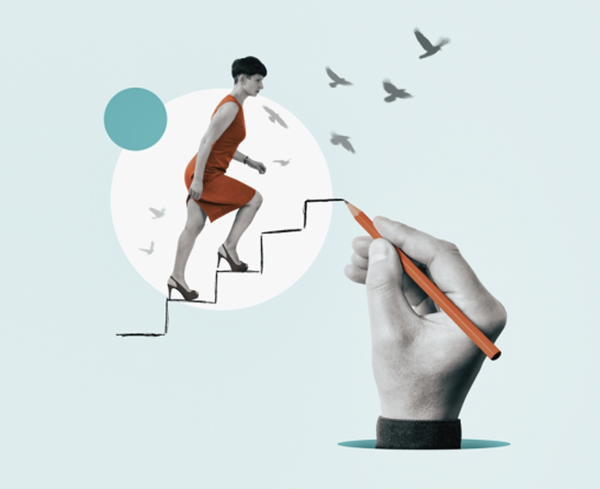
From our experience, we know that the coaching journey is as messy and complex as the human beings who are on it, and that in order to become a more emotionally intelligent, self-aware human, who can spot themselves, choose helpful behaviours and create better outcomes, sometimes we need to spiral. We need to catastrophise. We need to make room for the negative, the unwelcome, the unwanted, the unhelpful. We need to go to those dark corners, peel back those layers and pick away at that wound, to get to the poison beneath. Otherwise, we’re putting a band aid on when what we actually need is open heart surgery.
We need to go there because it’s from that place, we have the opportunity to do some really good and long-lasting work. We need to go there because it’s from that place, we can observe and get curious about the cause of our suffering, we can unpack, challenge and replace those things we believe about ourselves that simply are not the truth. We can choose to do this, using that one simple question over and over, instead of simply blindly treating the symptoms of our problems, in order to not be seen by the wider world, without our positive pants on.

